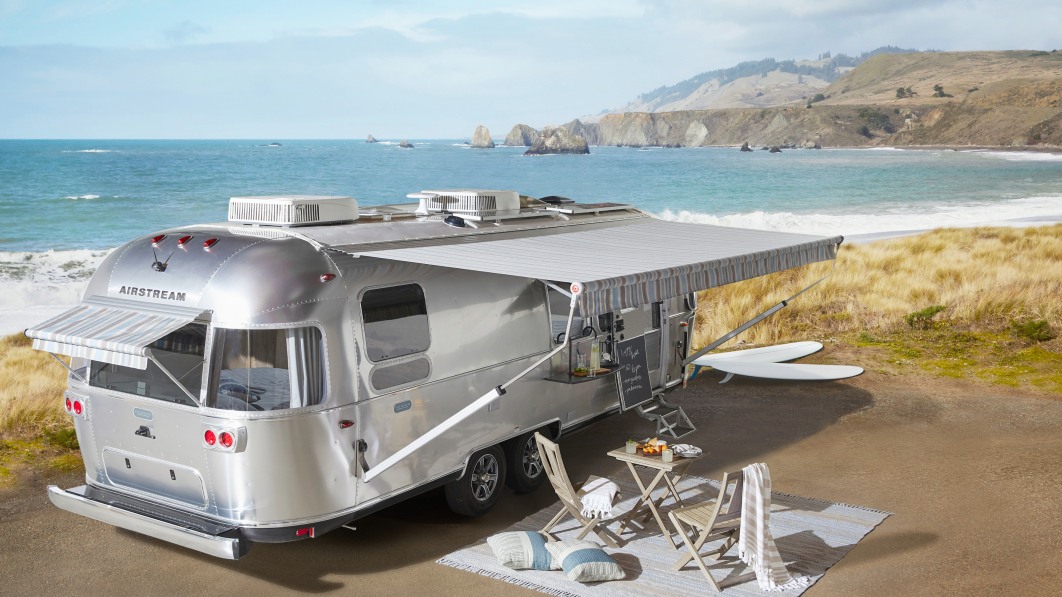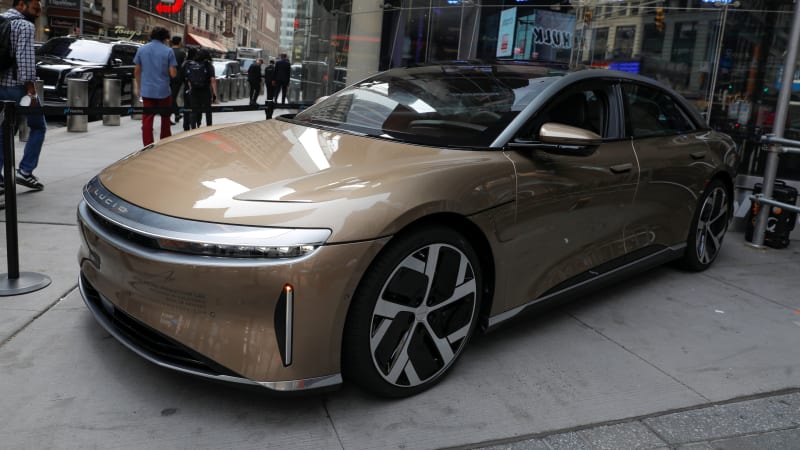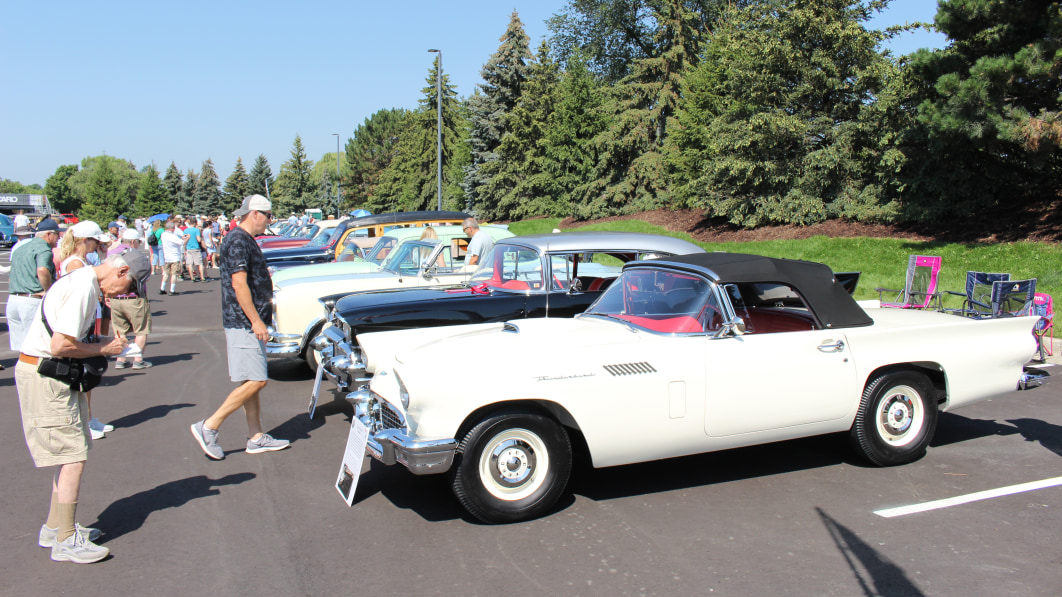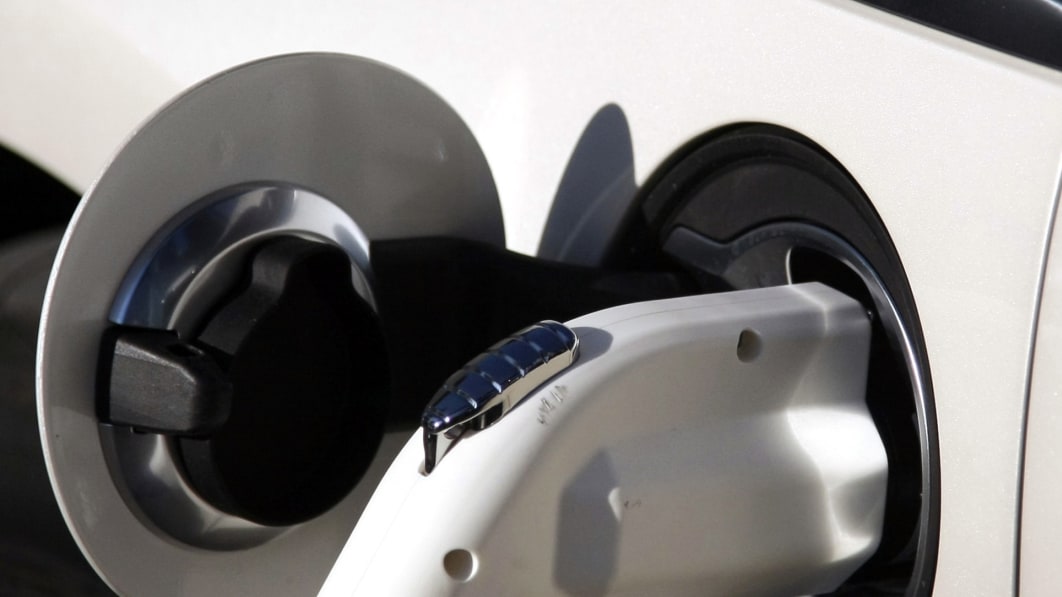1987-1996 Ford Bronco | Used vehicle spotlight
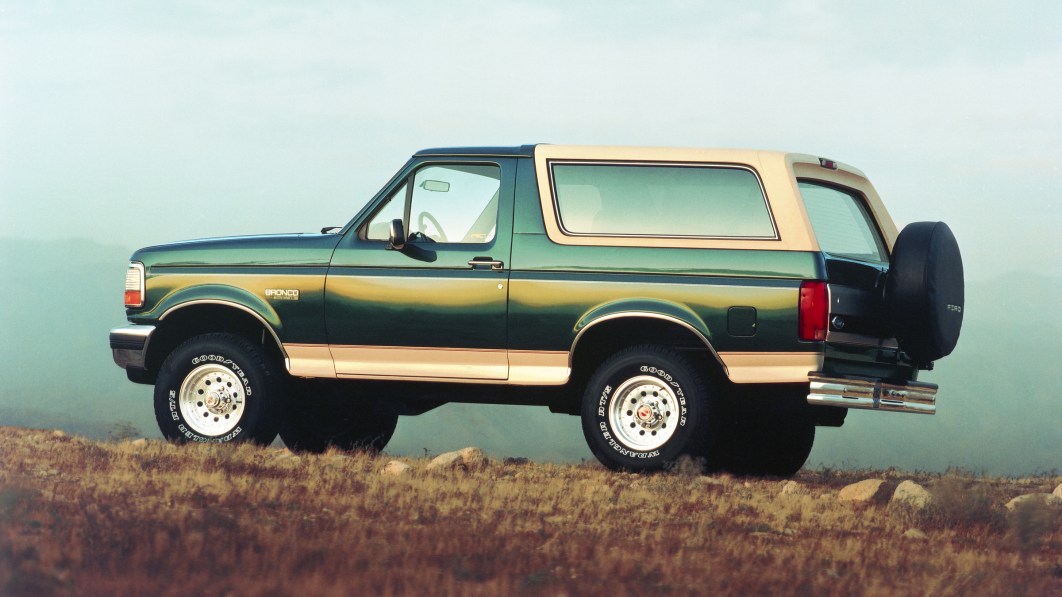
We hope you’re prepared to see a whole lot of new Ford Broncos — two-doors, four-doors, Sasquatches and Outer Banks — coming and going on the road over the next several months. But this big influx of off-roaders from the Blue Oval isn’t really anything new. In fact, the new-for-2021 Bronco is actually sixth generation of the model line.
It all started back in 1966 with a barebones machine designed to take on the likes of the Jeep CJ, International Scout and Toyota FJ. But we’re going to fast forward a couple decades to take a closer look at the fourth and fifth generations of the Bronco to see what they may offer buyers looking for something that’s vintage but still modernish and comparatively attainable.
Ford moved the Bronco to a full-size platform that shared a lot of its underpinnings with the F-Series of pickup trucks way back in 1978. The package was modernized a bit in 1980 and then again in 1987. The fourth-generation Bronco was produced until 1991, at which time it was superseded by the final full-sizer that ran until 1996. In case you’re wondering, the world’s most infamous Ford Bronco was an all-white edition from 1993.
Why the Ford Bronco?
Interest in the Bronco is high now that the nameplate has been revived with a new sixth generation. But in reality, the Bronco has long been popular with a large swath of buyers who value the merits of a full-size SUV but don’t need the day-to-day practicality of a four-door body. Although still a big vehicle, the Bronco is more maneuverable than the pickup trucks that it shares running gear with, and the removable hardtop that covers the vehicle’s back half makes it appropriate for all manner of on- and off-road shenanigans.
While nobody is going to mistake a vintage Bronco for anything resembling the practical daily drivers of today, it does have a certain charm. Rumbling V8 power underhood, a rugged body-on-frame design, blocky styling and true four-wheel drive make for a compelling set of features for certain buyers.
A long model run without major changes means there is no shortage of big Broncos across the country, though there may not be a whole lot for sale. It also means that parts are easy to come by, and the simple drivetrain is pretty easy to service and keep running. And there’s no denying that the old Bronco is a handsome fellow. Take a look at the 1987 edition below left and the final-year 1996 Eddie Bauer below right.
Which Ford Bronco to choose?
First, you’ll need to figure out which generation you want. We’d opt for a fourth- or fifth-gen model, and choosing between the two may come down to how much you care about a removable top and safety features. The fourth-gen that ran from 1987–1991 had a top that is fairly simple to remove because it did not feature three-point safety belts for rear passengers. The 1991–1996 models had the safer and more modern belts, and that means taking off the top is a lot more of a hassle.
As far as safety equipment goes, well, there isn’t much. The rear wheels got anti-lock brakes in ’87, replaced by a proper four-wheel ABS system in 1993. The following year, the driver got an airbag.
Various powertrains were offered throughout the years, but most of the Broncos you’ll find for sale have a V8 ranging from 5.0 to 5.8 liters and an automatic transmission. The final buying considerations are going to surround the trim level, options and pricing. A non-rusty fourth- or fifth-gen Bronco is likely to cost at least $20,000 (in most cases likely a bit more) and show plenty of mileage on the odometer. Low-mileage models are pretty rare and can command a lot more money, sometimes even double less desirable models, representing the Bronco’s status as a collectible that’s just coming of age.
Our used vehicle listings can be helpful to find a good deal near you. Narrow the offerings down by a radius around your ZIP code, and pay attention to the deal rating on each listing to see how a vehicle compares with others in a similar area.
What else to consider?
There isn’t much of a market for full-size, two-door SUVs these days, but that hasn’t always been the case. The full-size Chevrolet Blazer, GMC Jimmy/Yukon and Dodge Ramcharger were contemporary competitors to the big Bronco back in the day, and they are also getting more popular and harder to find in good condition.
Looking beyond the obvious competition, the Jeep CJ and Wrangler lines offer buyers better off-road capabilities at the expense of comfort and roominess. And any number of older two-door, short-bed pickup trucks may attract a similarly adventurous buyer.
Related video:




